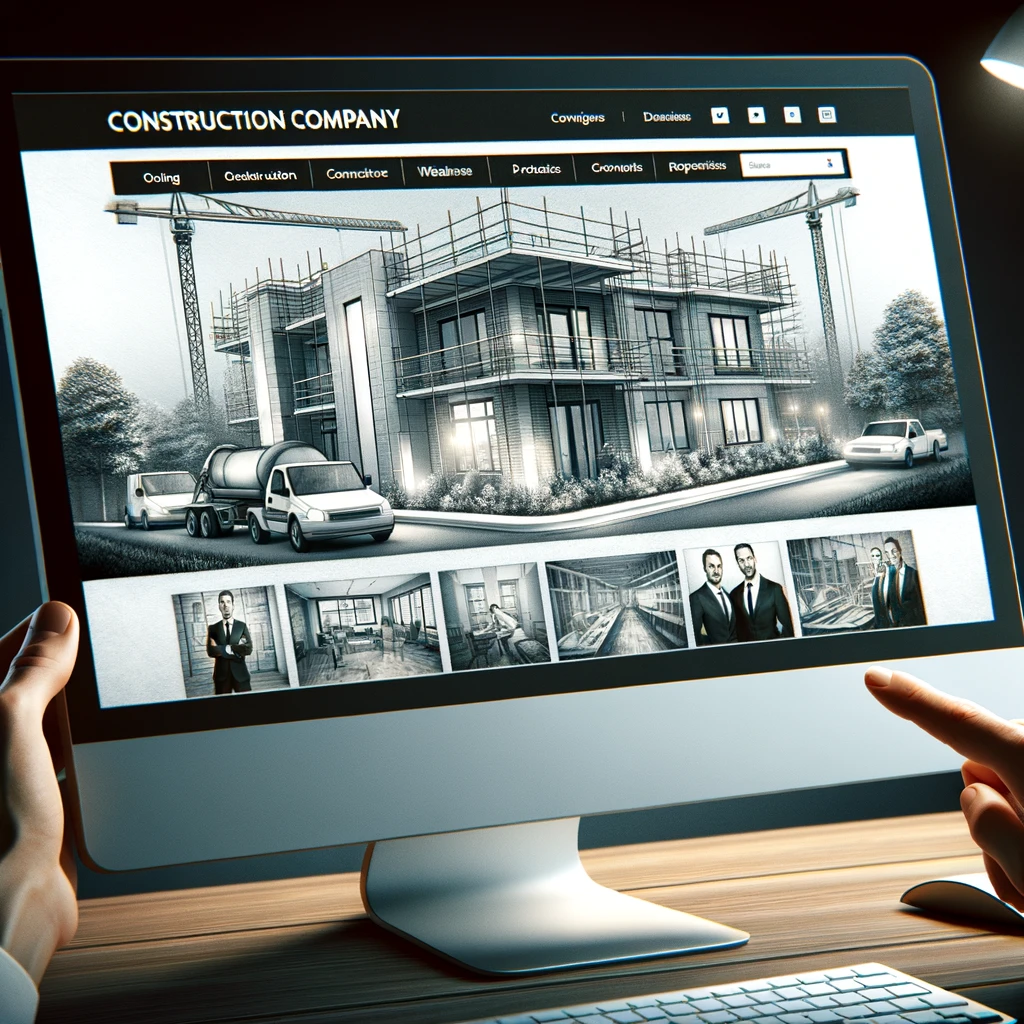Introduction

Hey there! In the visually driven world of construction, the imagery on your website isn’t just decorative; it’s a crucial part of your business’s online presence. Quality photos can not only boost the aesthetic appeal of your site but also build trust and communicate your brand’s values. Let’s dive into why high-quality imagery is so vital for your construction website.
Why High-Quality Imagery Matters
Imagine landing on a website with blurry or irrelevant images. Your first impression might be negative, right? Here’s why you should invest in high-quality imagery:
- First Impressions: High-resolution, professional photos make your website look more credible and appealing.
- Brand Identity: Images are a powerful tool to express your brand’s message—whether it’s reliability, craftsmanship, or innovation.
- User Engagement: Visual content is more engaging. Users are likely to spend more time on your site if it’s visually appealing, which can lead to higher conversion rates.
Types of Imagery to Include on Your Construction Website
Your construction site could benefit from various types of images:
- Project Portfolios: Before-and-after shots, detailed close-ups, and wide shots of completed projects showcase your capabilities.
- Team Photos: Photos of your team in action or professional portraits add a personal touch and humanize your brand.
- Process Images: Showing your process, from planning to execution, can demonstrate your expertise and meticulous attention to detail.
Best Practices for Using Images
Here’s how to make the most out of the images on your site:
- Quality Over Quantity: Choose images carefully—make sure they are high-quality and relevant to the content on your page.
- Image Optimization: Ensure your images are optimized for the web. They should be high-resolution but compressed for fast loading times.
- Consistent Style and Branding: Maintain a consistent style and color palette across all images to strengthen your brand identity.
Technical Considerations
To get the technical aspects right, consider the following:
- Responsive Images: Make sure your images look great on all devices. Responsive design adjusts image size based on the screen.
- Alt Text and SEO: Use descriptive alt text for your images to improve SEO and accessibility.
- Legal Aspects: Always ensure you have the rights to use an image. When in doubt, opt for custom photography or purchase stock images from reputable sources.
Tools and Resources
Whether you’re snapping photos yourself or editing stock images, here are some tools that might help:
- DIY Photography Tips: Use natural light when possible, and avoid using the flash on your camera.
- Stock vs. Custom Photography: Use stock photos for generic content but invest in custom photography for showcasing your actual work.
- Photo Editing Software: Tools like Adobe Photoshop and Lightroom can enhance the quality of your photos.
Case Studies
Consider a case where a construction company revamped its website with high-quality project photos, resulting in a 50% increase in online inquiries. Such examples illustrate the tangible benefits of investing in great imagery.
Conclusion
Don’t underestimate the power of high-quality imagery on your construction website. It’s not just about looking good; it’s about effectively communicating your brand and engaging your audience. Start by evaluating your current imagery and consider making enhancements to really make your site stand out.